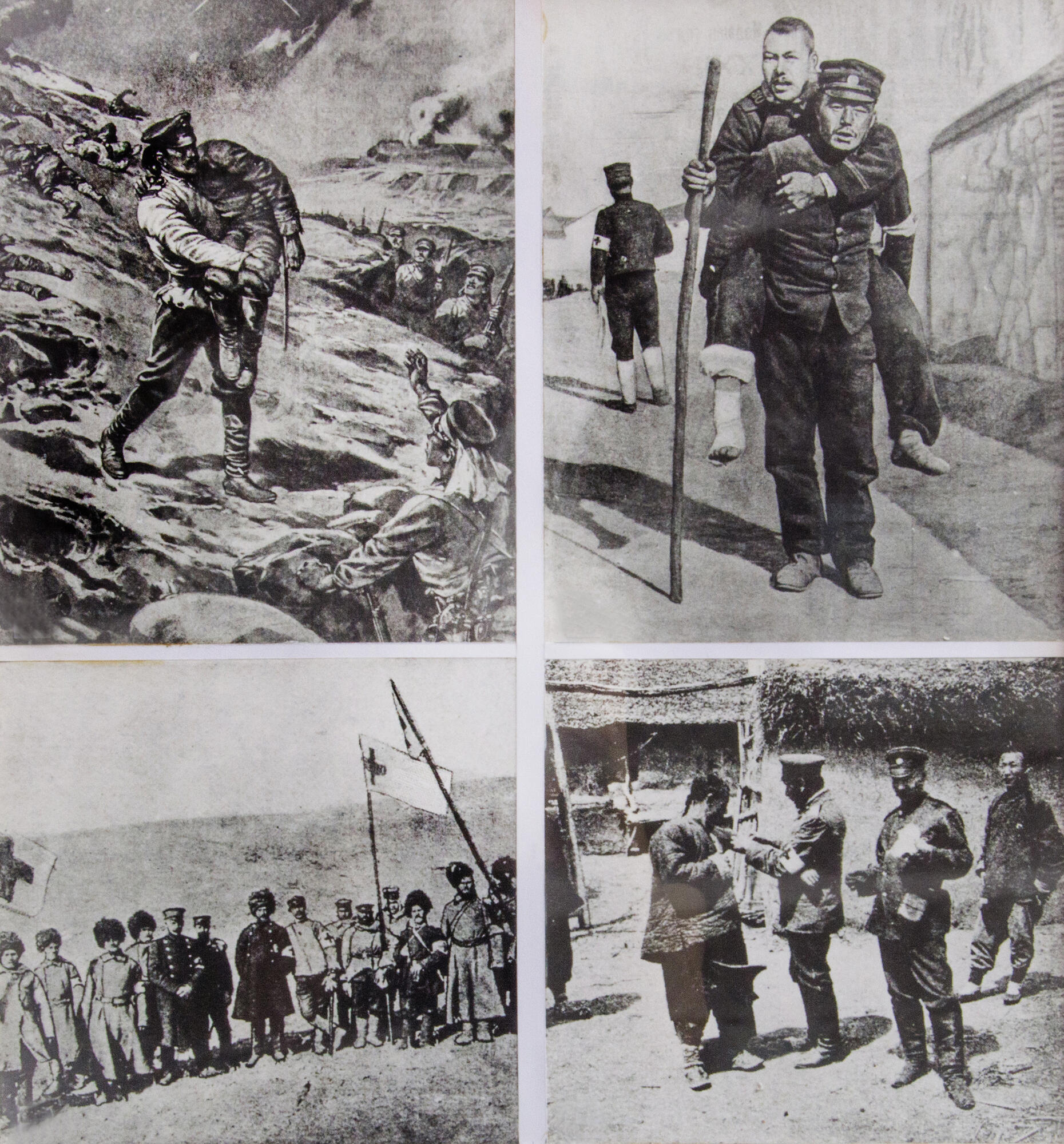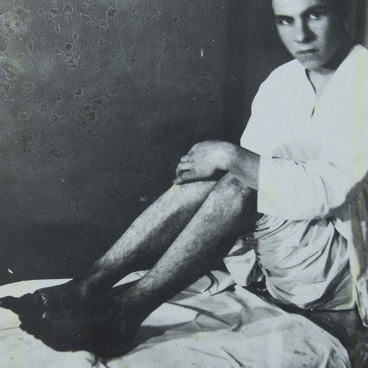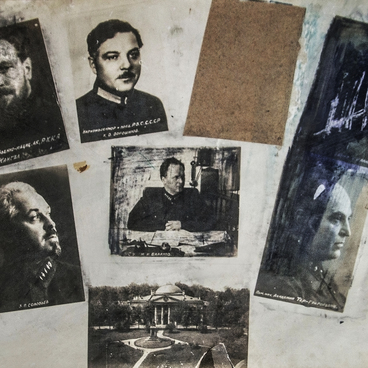And the commander-in-chief Mikhail Kutuzov in the 1805 order ‘On the attitude towards the Austrian population and Austrian officers’ urged ‘not to offend or displease the laymen, but to try to win their favor.’
By the mid-19th century, many countries realized that humane treatment of all representatives of the belligerent parties was simply necessary. In 1854, during the Crimean War, the Holy Cross Community of Sisters of Mercy under the patronage of the Grand Duchess Elena Pavlovna was established in the Russian Empire, it was the world’s first female medical organization that focused on care for the wounded and sick soldiers. In the autumn of the same year, a group of doctors and nurses under the guidance of the surgeon Nikolay Pirogov went to the battlefields to help the wounded and sick soldiers.
In October, an English social activist Florence Nightingale came to Russian field hospitals. Together with other sisters of mercy and assistants, she worked in the Selimiye barracks, Turkish barracks in Scutari — one of the districts of Constantinople — and then in the Crimea.
On June 24, 1859, the Battle of Solferino — the bloody battle of the Second Italian War of Independence— took place. In that one battle, more than 40 thousand people were killed and wounded. The medical services of the armies could not treat so many patients. The Swiss entrepreneur Jean Henri Dunant witnessed this battle. He decided to create a system of voluntary medical societies that would help the wounded during the war. In 1863, together with the like-minded people, Dunant founded the International Committee of the Red Cross — the largest humanitarian organization in the world.
In 1864, representatives of 12 countries signed (and nine more countries — ratified, that is, approved) the Geneva Convention for the Amelioration of the Condition of the Wounded and Sick Soldiers in Armed Forces in the Field. The committee took over the care of the victims on the battlefield, and hospitals and dressing stations of the belligerent parties became neutral zones.
The Russian Empire ratified the Geneva Convention in 1867. At the same time, the Society for the Care of the Wounded and Sick Warriors began to function, which became the Russian Red Cross Society in 1879. The organization trained medical personnel, opened front-line hospitals and collected donations.



